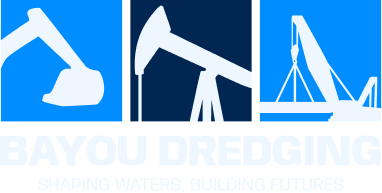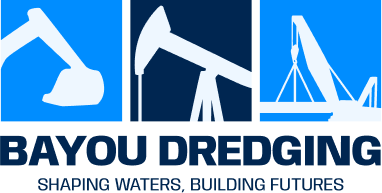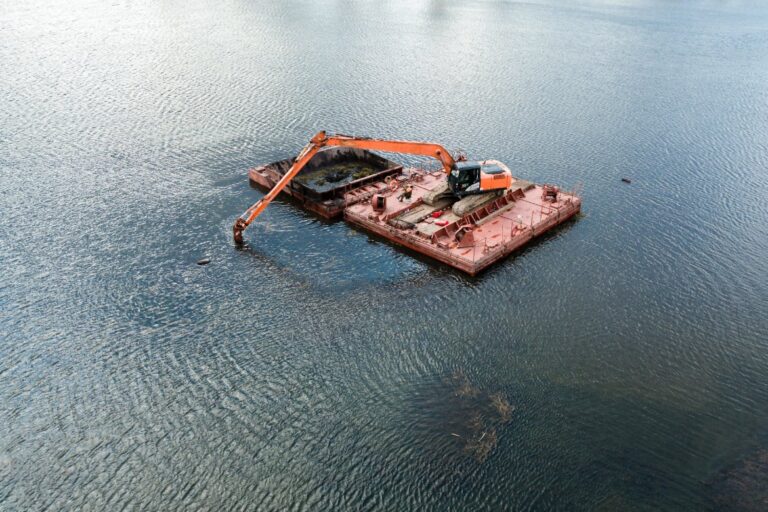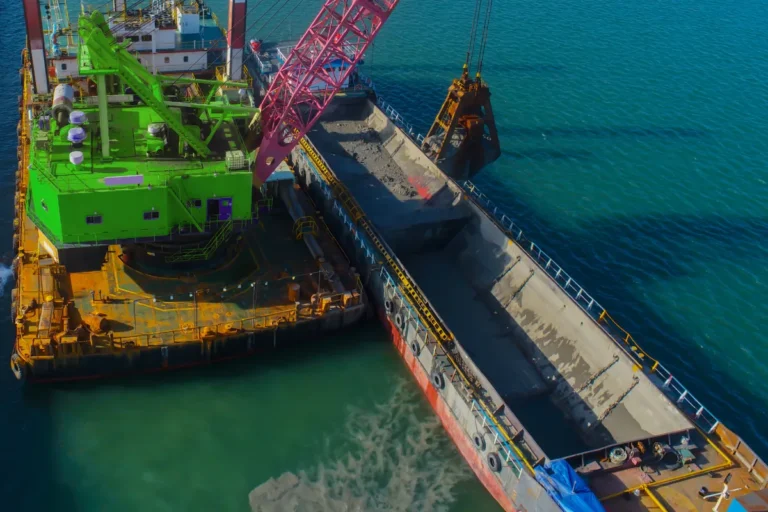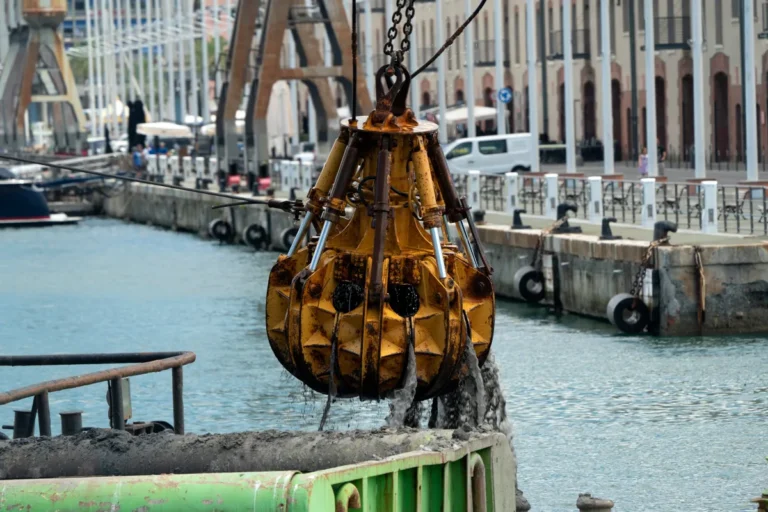Dredging a lake plays a vital role in maintaining the health and functionality of water bodies, ensuring they remain valuable resources for communities, industries, and ecosystems. Over time, lakes naturally accumulate sediment, debris, and organic matter that can lead to reduced depth, poor water quality, and the loss of aquatic habitats. Without intervention, these issues can transform a thriving lake into an underutilized or even unusable resource. One of the most critical benefits of lake dredging is its ability to restore ecological balance. By removing sediment buildup, dredging enhances water flow, improves oxygen levels, and creates a healthier environment for aquatic life. In addition to environmental gains, dredging also restores the lake’s functionality for recreational activities such as boating, fishing, and swimming. Moreover, many industries rely on well-maintained lakes for operations, making dredging essential for economic sustainability.
To achieve these results efficiently, using the right tools, such as a dredge for lake maintenance, is essential. Modern dredging equipment is designed to streamline the process, ensuring minimal environmental disruption while effectively removing sediment and debris. This guide will provide a step-by-step breakdown of the lake dredging process, covering the critical phases of planning, execution, and the long-term benefits. Whether you’re looking to restore a small private lake or manage a large public waterway, this comprehensive guide will help you understand how to approach your project for optimal results.
Understanding Lake Dredging
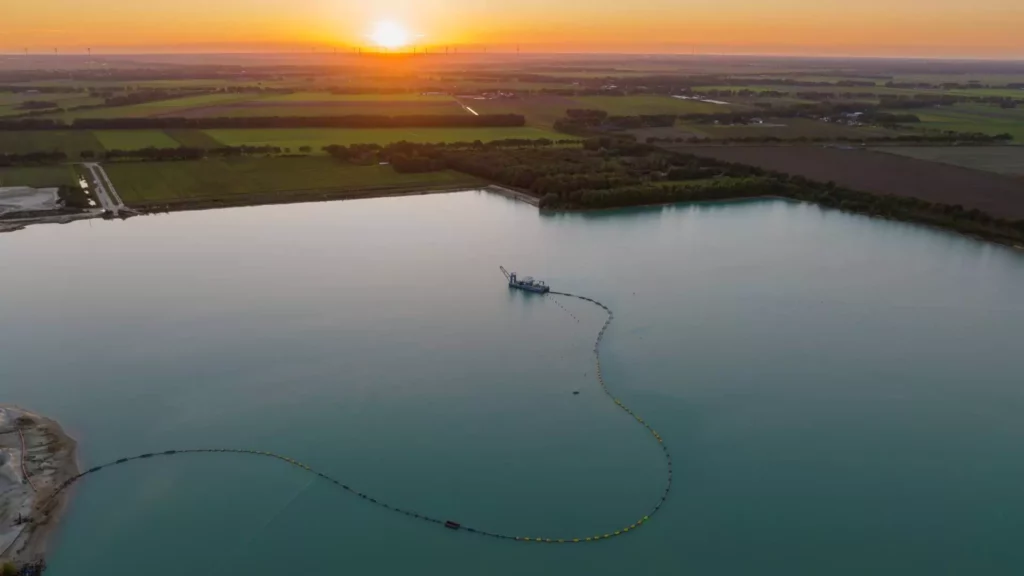
What does Dredging a Lake Mean?
Lake dredging is the process of removing accumulated sediment, debris, and organic material from the bottom of a lake to restore its depth, water quality, and ecological health. Over time, sedimentation occurs naturally as soil, decayed plant matter, and other particles settle at the lakebed, often leading to issues such as shallow waters, reduced water flow, and loss of aquatic habitats. By employing specialized equipment, like a dredge for lake maintenance, these sediments can be effectively removed, revitalizing the lake’s functionality and environmental balance.
There are several methods commonly used in dredging a lake, including hydraulic dredging and mechanical dredging. Hydraulic dredging utilizes suction to remove sediment and transfer it to a designated disposal site, making it ideal for projects requiring precision and minimal disruption. Mechanical dredging, on the other hand, involves excavators or clamshell buckets to scoop out material, often used for smaller or heavily impacted lakes. Each method is chosen based on the lake’s size, sediment composition, and project requirements.
Why Dredging a Lake is Necessary
Dredging a lake is crucial for maintaining its health and usability. One primary benefit is removing sediment buildup, which can reduce the lake’s depth, limit its recreational potential, and disrupt its ecosystem. By clearing this material, lake dredging improves water quality, ensuring better oxygenation and clearer waters, which are essential for sustaining aquatic life.
Beyond ecological improvements, dredging also restores habitats for fish and other aquatic species that rely on deeper, cleaner waters. It enhances the lake’s aesthetic and recreational appeal, making it more inviting for activities like fishing, boating, and swimming. Whether for environmental restoration or community use, utilizing a reliable dredge for lake projects ensures a well-maintained and thriving water body.
Planning the Lake Dredging Project
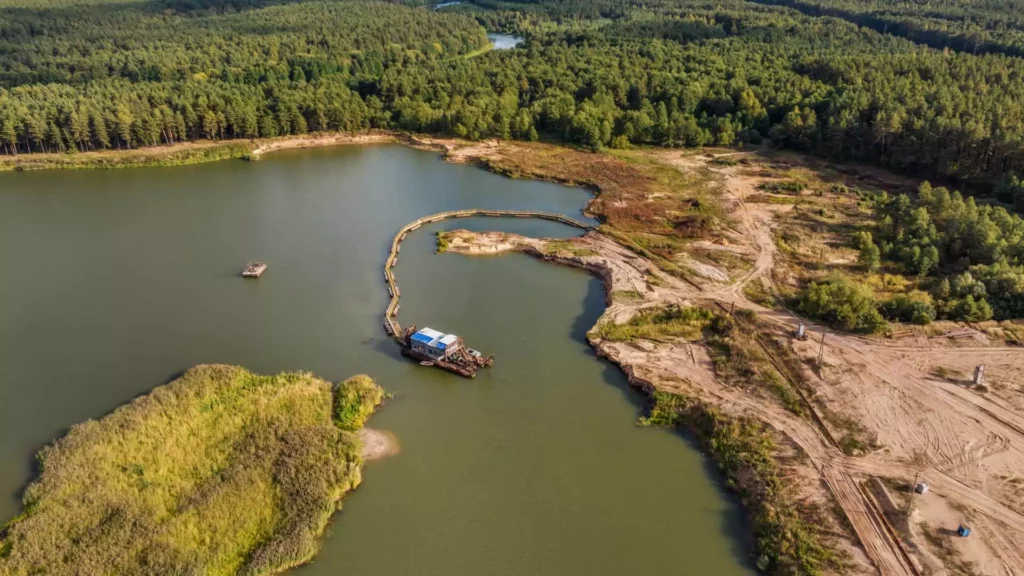
Indicators of the Need for Dredging a Lake
Understanding when dredging a lake is necessary begins with identifying key indicators. Reduced water depth is often the first sign caused by the accumulation of sediment over time. This sediment can also impact water quality, leading to issues such as increased turbidity, poor oxygen levels, and algae blooms. Another critical indicator is the decline in recreational usage, as shallow or murky waters can hinder activities like boating, fishing, and swimming. Addressing these issues promptly through lake dredging ensures the water body remains functional and environmentally balanced.
Additionally, environmental and legal considerations play a significant role in deciding whether to dredge. Before starting a project, assess the potential impact on local ecosystems to ensure minimal disruption to aquatic habitats. Legal regulations may also require permits and environmental reviews, making it essential to work with professionals familiar with the permitting process.
Surveying and Analysis
Proper planning for dredging a lake requires thorough surveying and analysis. Start with sediment testing to determine the type and composition of the material on the lakebed. This data helps in selecting the appropriate dredging method and disposal options. Conduct lakebed mapping to visualize depth variations and pinpoint areas requiring the most attention. Determining the volume of sediment to remove is crucial for project planning and budgeting, ensuring that the dredging is both effective and cost-efficient.
Choosing the Right Dredge for Lake Projects
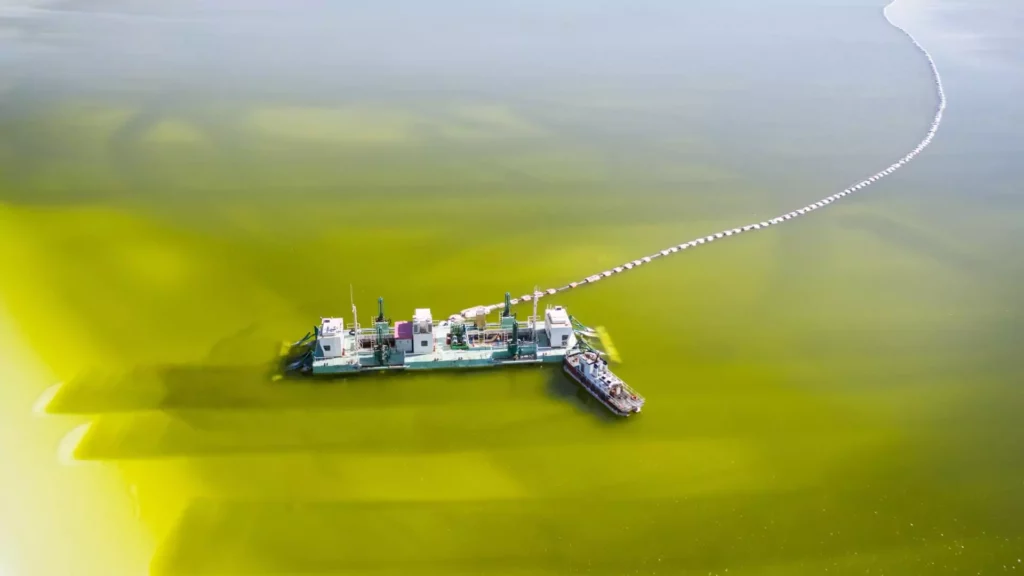
Selecting the right dredge for lake projects is vital for achieving optimal results. Consider factors such as the lake’s size and depth, the volume of sediment to remove, and the desired efficiency. Compact hydraulic dredges offer precision and ease of use for smaller lakes, while larger lakes may require high-capacity dredging equipment for faster sediment removal. Functionality is also key; modern dredges come with features like GPS-guided operation and environmentally friendly suction systems to reduce their impact on aquatic ecosystems.
Budgeting and Permitting
Budgeting is a critical step in planning a lake dredging project. Begin by estimating costs for equipment rental or purchase, labor, sediment disposal, and any unforeseen challenges. It’s also important to allocate funds for surveying and permitting expenses. Navigating the permitting process involves working with local authorities to ensure compliance with environmental regulations. This step is essential to avoid delays or fines, making it crucial to partner with experts experienced in both dredging and regulatory requirements.
By addressing these factors, you can ensure success in dredging a lake project that restores functionality, enhances water quality, and meets both environmental and legal standards.
Execution of Lake Dredging
Preparing for the Project
Proper preparation is critical for the success of any dredging lake project. This begins with the mobilization of the necessary equipment, such as a reliable dredge for lake operations, pumps, and sediment storage or transportation units. Equipment selection should align with the lake’s size and sediment characteristics to ensure efficiency and minimal environmental disruption. Additionally, ensure all team members are trained and familiar with operating procedures.
Safety protocols must also be prioritized during preparation. This includes conducting site inspections, implementing protective measures for workers, and setting up barriers to safeguard nearby aquatic life and the surrounding environment. Clear communication and adherence to local regulations are essential to maintaining a safe and compliant worksite.
Dredging Operations
The actual dredging process involves several key steps, starting with the setup of the equipment on-site. Once the dredge for lake operations is fully operational, the removal of sediment begins. Hydraulic dredging, a common technique, uses suction to transport sediment to a containment area, making it ideal for projects requiring precision and minimal disturbance. Mechanical dredging, which involves excavators or clamshell buckets, is often used for smaller lakes or areas with compacted sediment. For smaller-scale projects, manual dredging may suffice, though it is more labor-intensive and time-consuming.
Throughout the process, monitor progress closely to ensure even sediment removal and adherence to the project’s depth and quality goals. Efficient execution minimizes the time required and reduces potential disruptions to the lake’s ecosystem.
Handling and Disposal of Dredged Material
Once sediment is removed, proper handling and disposal are critical components of the lake dredging process. Sediment can either be disposed of on-site or transported to an off-site location, depending on the volume and composition of the material. On-site disposal, such as creating dewatering ponds, is cost-effective but requires sufficient land area. Off-site disposal may be necessary for contaminated sediments, requiring compliance with environmental regulations.
Environmental considerations should guide all disposal activities. Sediment handling should not harm surrounding ecosystems or disrupt local wildlife. Working with experts can help identify the best methods to minimize environmental impact while ensuring the project meets regulatory standards.
By carefully preparing, executing, and managing sediment disposal, dredging a lake can effectively restore the lake’s depth, water quality, and ecological balance, benefiting both the environment and the community.
Benefits of Dredging a Lake
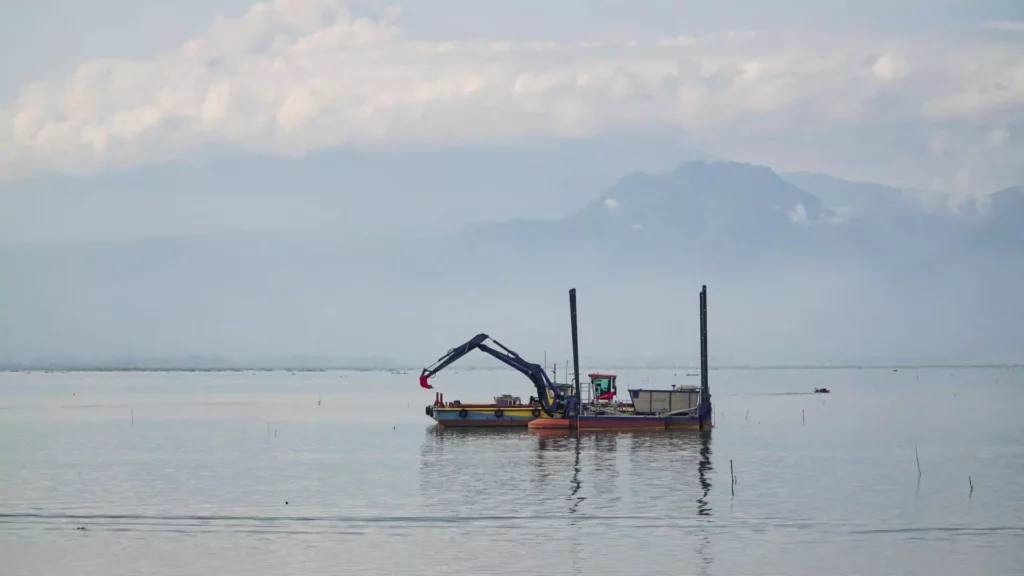
Immediate Environmental Improvements
One of the most significant benefits of dredging a lake is the immediate enhancement of its environmental health. By removing sediment, organic matter, and debris, dredging a lake improves water quality and clarity, making the lake more visually appealing and healthier for aquatic life. Increased depth allows for better water flow dynamics, preventing stagnation and reducing the likelihood of algae blooms. These improvements create a balanced and oxygen-rich environment vital for sustaining fish and other aquatic species.
Long-Term Advantages
Beyond immediate effects, dredging a lake offers long-term benefits that ensure the lake remains a valuable resource for years to come. Restored depth and clarity enhance the lake’s aesthetic and recreational appeal, encouraging activities like boating, fishing, and swimming. This not only benefits residents but also attracts visitors, contributing to local tourism. Moreover, lake dredging helps boost biodiversity by restoring aquatic habitats, enabling ecosystems to thrive and maintain their natural balance.
Economic and Community Benefits
Healthy lakes contribute significantly to the economic and social well-being of surrounding communities. Dredging a lake increases property values for waterfront homes and businesses by improving the lake’s usability and visual appeal. Additionally, clean and functional lakes attract more tourists, supporting local businesses and creating opportunities for recreation-based industries. For communities reliant on healthy water systems, such as agriculture or water-based transport, maintaining a well-dredged lake ensures sustained operations and growth.
Lake dredging transforms ecosystems and communities by enhancing environmental quality, fostering biodiversity, and boosting economic opportunities. Investing in a well-planned dredging project ensures that lakes remain vibrant, functional, and valuable assets for future generations.
Dredging a Lake – Tips for a Successful Project
Partnering with Experienced Dredging Contractors
Collaborating with experienced dredging professionals is essential for the success of any lake dredging project. Skilled contractors have the expertise to assess the lake’s specific needs, recommend the most suitable equipment, and execute the project efficiently while minimizing environmental impact. They also ensure compliance with local regulations, navigate permitting processes, and address unforeseen challenges, saving you time and resources. Working with experts guarantees that your dredging a lake project is executed effectively from start to finish.
Regular Maintenance to Prevent Recurring Issues
Post-project maintenance is critical to preserving the benefits of lake dredging over the long term. Sediment buildup is a natural process, so implementing regular monitoring and minor dredging efforts can prevent significant accumulation and costly future interventions. Routine inspections of water quality, depth, and flow dynamics help identify early signs of sedimentation. By addressing these issues promptly, you can ensure the lake remains healthy, functional, and appealing.
Leveraging Modern Technology for Efficient Operations
Utilizing modern dredging technology is key to optimizing project efficiency and minimizing environmental disruption. Advanced tools like GPS-guided dredge for lake operations enable precise sediment removal, reducing unnecessary disturbance to aquatic habitats. Hydraulic dredges with eco-friendly suction systems and real-time monitoring equipment further enhance the accuracy and sustainability of the process. By leveraging the latest technology, you can achieve superior results with reduced costs and environmental impact.
Implementing these tips will ensure success in dredging a lake and preserve its ecological balance, usability, and value for years to come.
Conclusion
Proper planning and execution are vital to the success of any lake dredging project. From assessing the need for dredging to selecting the right equipment and techniques, every step plays a crucial role in restoring a lake’s depth, water quality, and overall health. With careful attention to surveying, safety, and sediment disposal, dredging a lake can transform it into a thriving resource for both the environment and the community.
A well-maintained lake offers a host of benefits, including improved ecological balance, enhanced recreational opportunities, and boosted property values. Dredging a lake has an immediate and long-lasting impact on environmental restoration and economic growth. To ensure success, it is essential to partner with experienced professionals and use the right dredge for lake projects. Take the first step toward revitalizing your lake by seeking expert advice and implementing a well-structured dredging plan.
